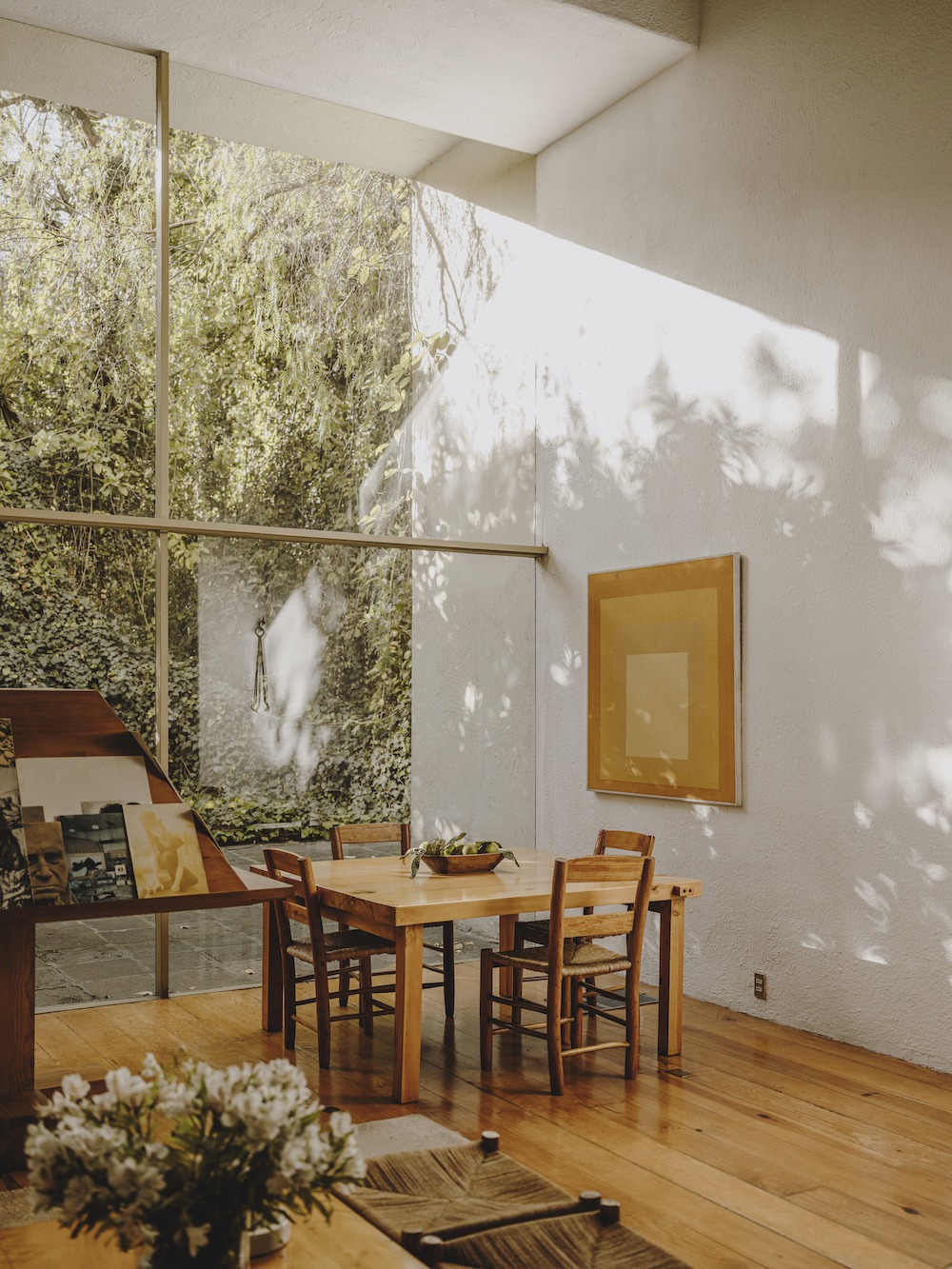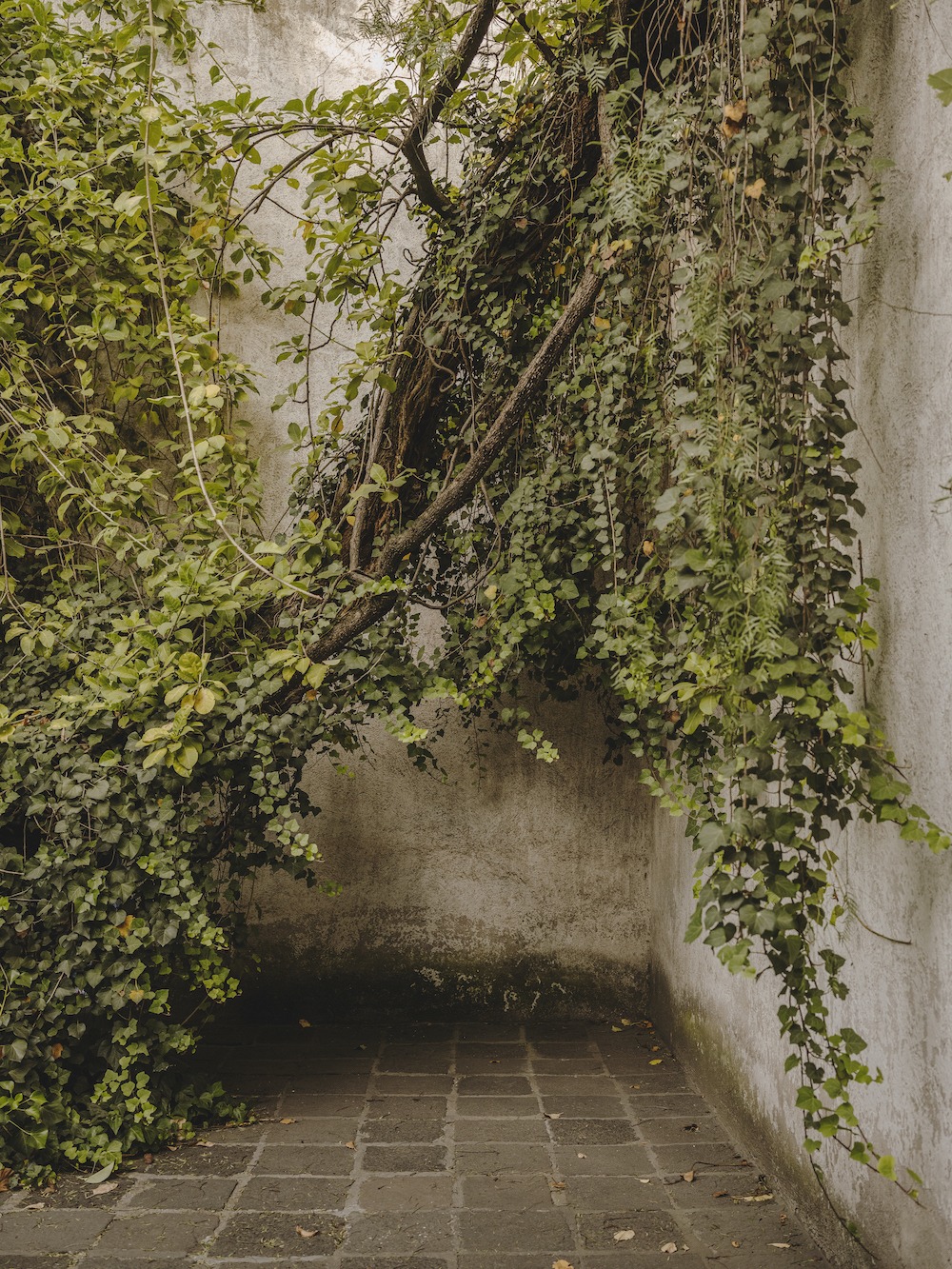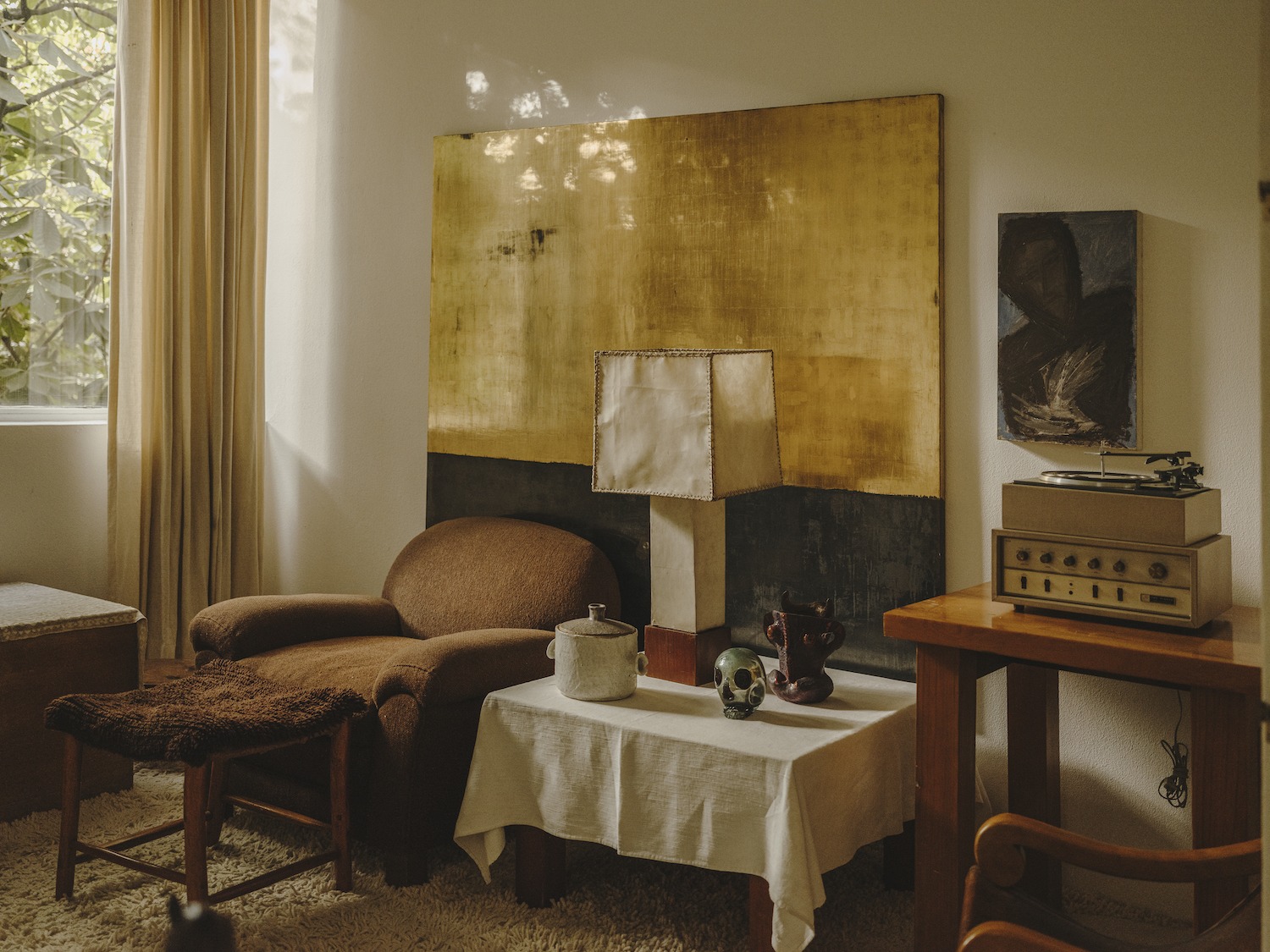Why Barragán?
This was the question that circulated through much of Mexico’s architectural community in 1980 when he was awarded the second Pritzker Prize ever given. His built work (at least the work he acknowledged) consisted of a couple dozen houses, a renovation of a convent, two chapels, a handful of apartment blocks, master plans for several high-end suburban developments, a few gardens and a sculptural collaboration with the artist Mathias Goeritz to mark the entrance of Mexico’s first American-style suburb to the north of Mexico City.
Born in 1902 in the provincial capital of Guadalajara, Barragán moved to Mexico City in 1936, at least in part to recover the wealth that his family had lost in widespread agrarian reforms that resulted that same year in the expropriation of their large landholdings and the hacienda where the architect went often as a child. Unlike his peers in the capital and elsewhere in Latin America—luminaries like José Villagrán, Mario Pani and Pedro Ramírez Vázquez in Mexico or João Batista Vilanova Artigas and Affonso Reidy in Brazil, to name just a few—Barragán designed no schools or social housing projects, no hospitals or markets.

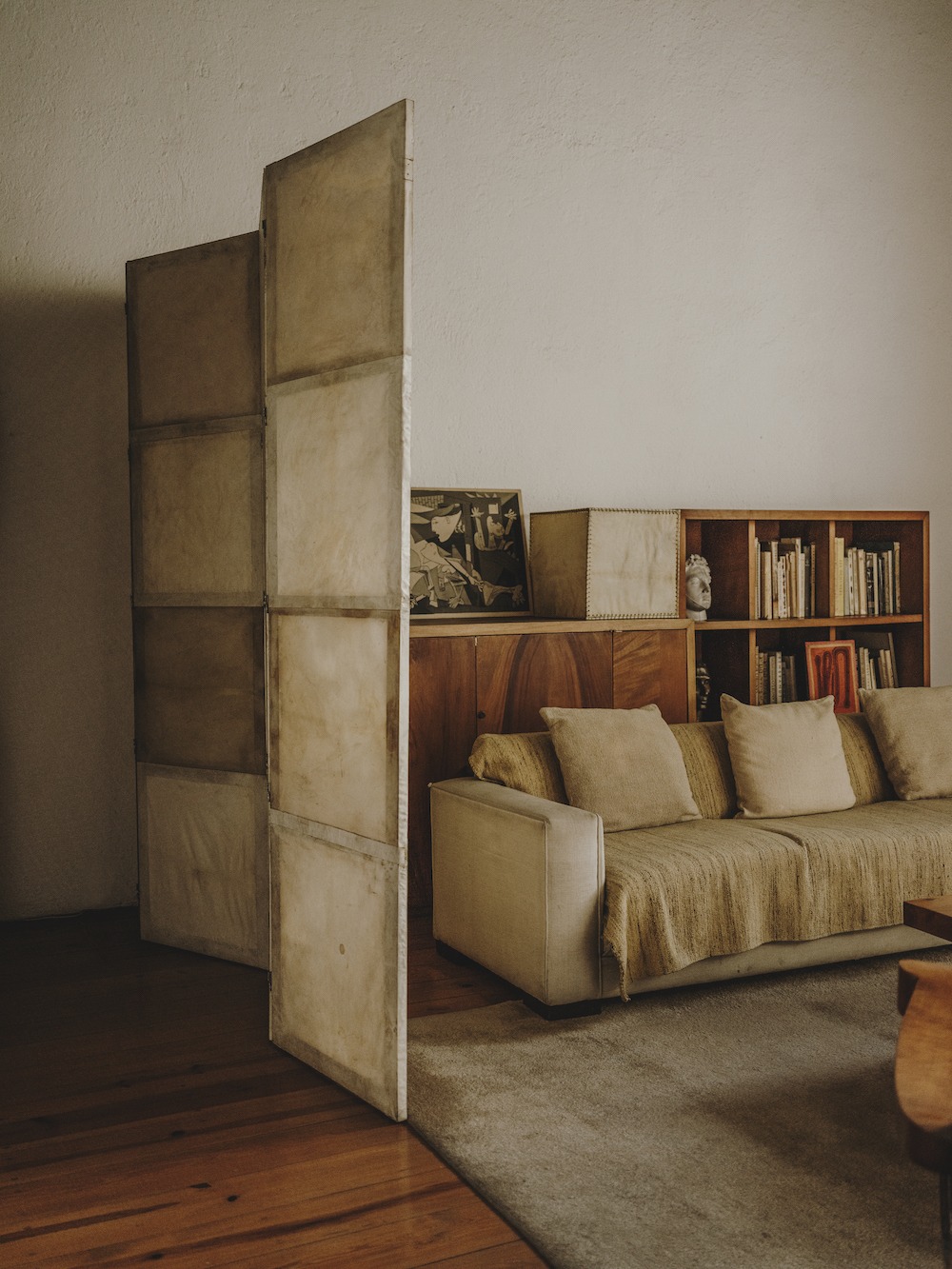
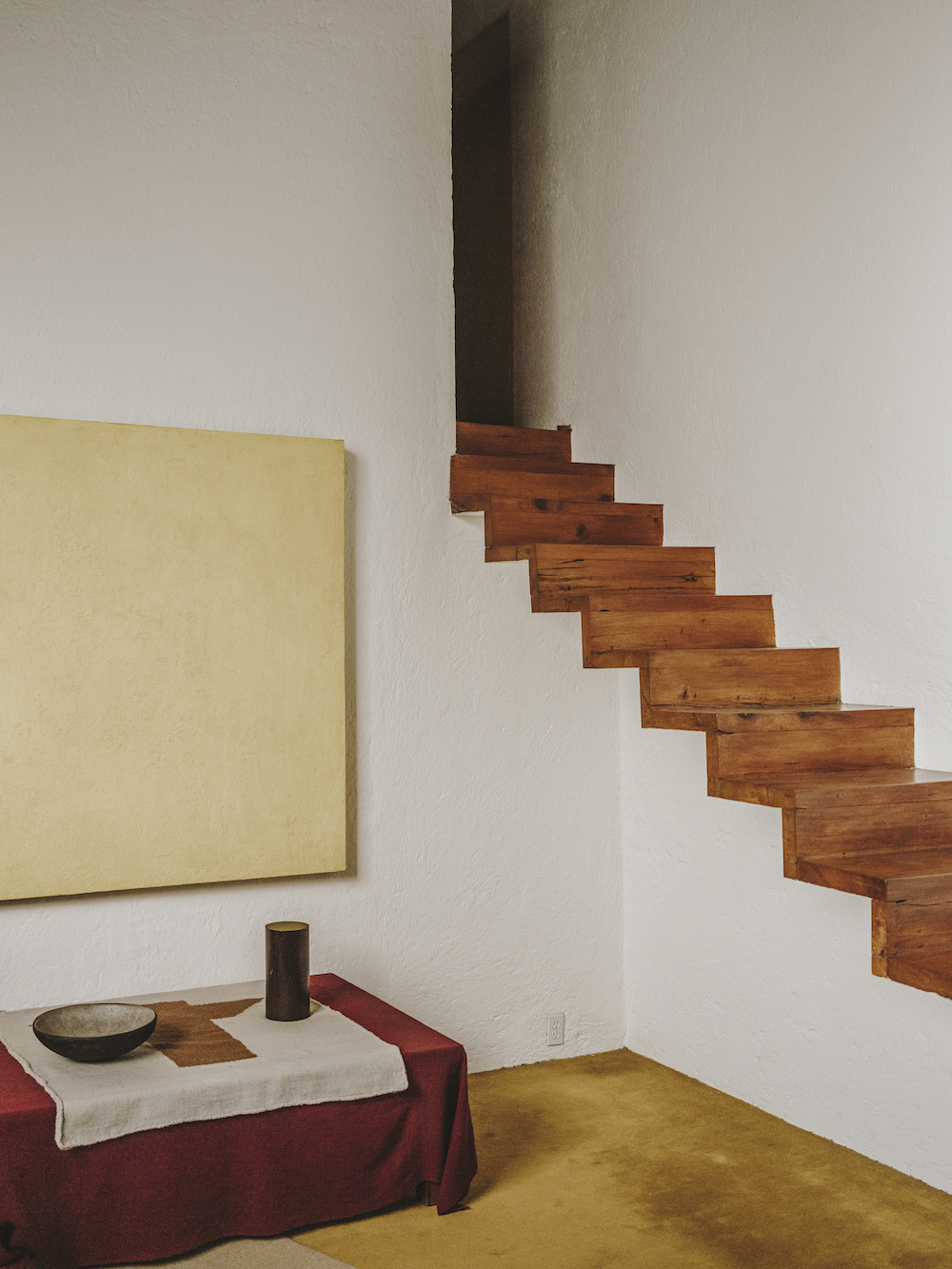
Even his work as a planner, centered on garden plots and modern homes, tended to emphasize the lifestyles of the wealthy at a time of unprecedented urban growth driven principally by the arrival of poor migrants from the countryside. He hid the raw materials celebrated by his contemporaries behind plaster and turned his most famous projects inward, away from the street, emphasizing privacy over transparency, recreating the romantic solitude of that lost hacienda in the heart of a heaving metropolis. He was a conservative at a time of radical social transformation, a Catholic in a secular age, nostalgic at a time when architects around the world were obsessed, quite literally, with building the future.
And so, that question: Why Barragán?
The answer is, inevitably, a tautology. Why Barragán? Why, Barragán, of course. Few architects have been so successful at shaping perceptions of their work. An engineer and a real estate developer as much as an architect, Barragán took great pains to sideline those prosaic aspects of his professional life by cultivating his persona as a poet of light and shadow—the image that has come down to use through the decades. Barragán also had an uncanny understanding of the power of the image at a time when photography was being democratized, working intimately with the photographer Armando Salas from 1944 onward not only to record his work, but also to reinvent each building as a two-dimensional reality unto itself, an artistic object apart from the lived, three-dimensional one.
While his concertedly apolitical agenda—if you can call nostalgia for the feudal world of the hacienda ‘apolitical’—may have seemed eccentric in the 1960s, from the vantage point of 1980, it looked remarkably prescient. Modernism and the socialist politics to which it often gave physical form had failed, hadn’t they? Most nations of the Americas—Brazil, Chile, Argentina, Paraguay, Uruguay, Nicaragua, Guatemala, El Salvador—were embroiled in brutal civil wars or controlled by right-wing dictators enthusiastically sponsored by the United States whose vision for modernity amounted to unfettered capitalism increasingly expressed through the flamboyance of postmodernism.
